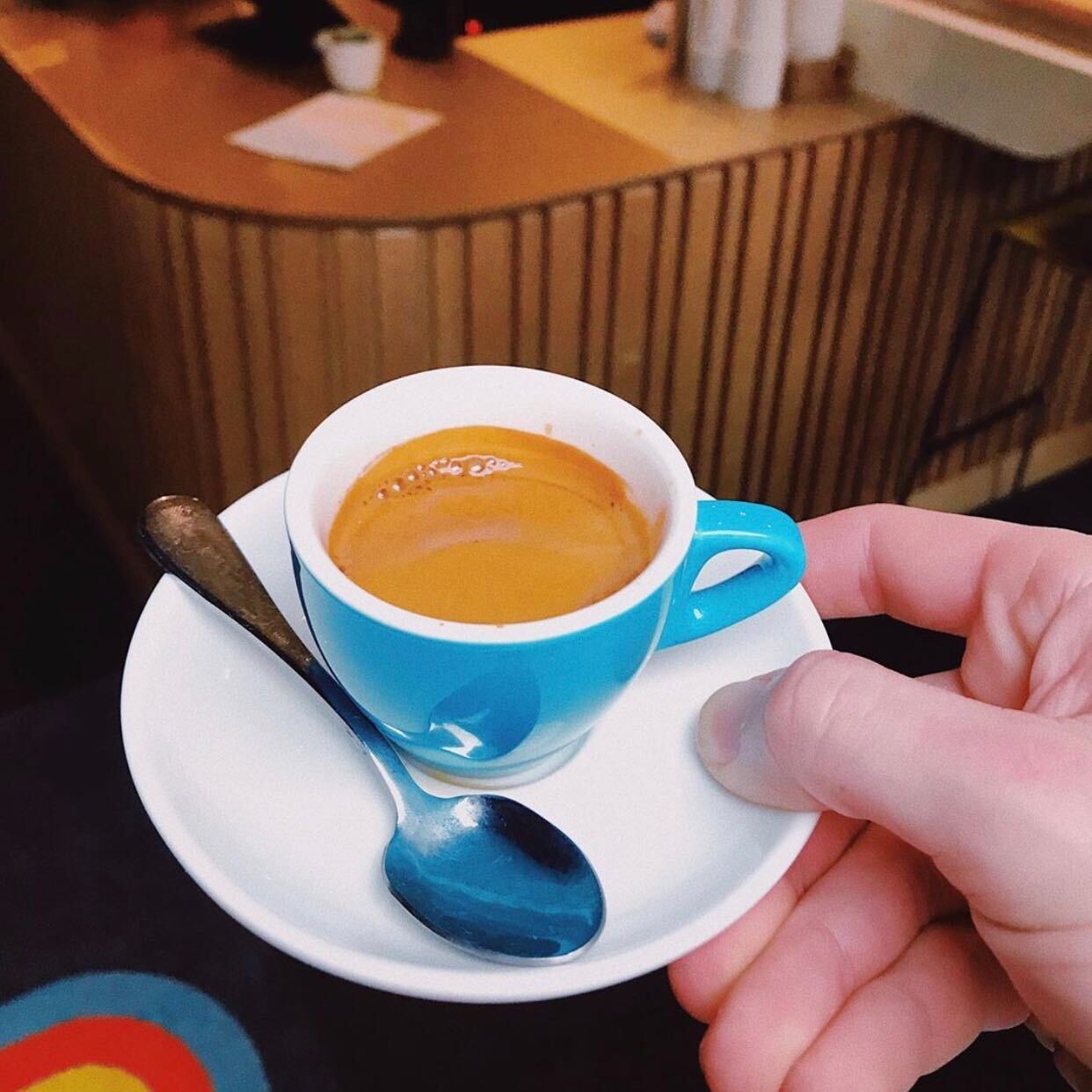
Specialty Coffees
An Introduction
Third-Wave Coffee
Domestique is part of what the industry calls the third-wave coffee movement.
The third-wave coffee movement considers coffee as an artisanal food, similar to wine. It celebrates the exploration of coffee, beyond your average “cup of joe”, by promoting education and attention to the processes and culture that create this tasty beverage.
Third wave coffee aims to uncover, and enhance, the nuances of coffee that result from its origin, cultivation, processing methods, roasting methods, as well as the various ways in which to brew and drink it.
At Domestique, we value the complexity and culture of coffee, and we foster environments where people can connect over a shared love for this versatile drink.
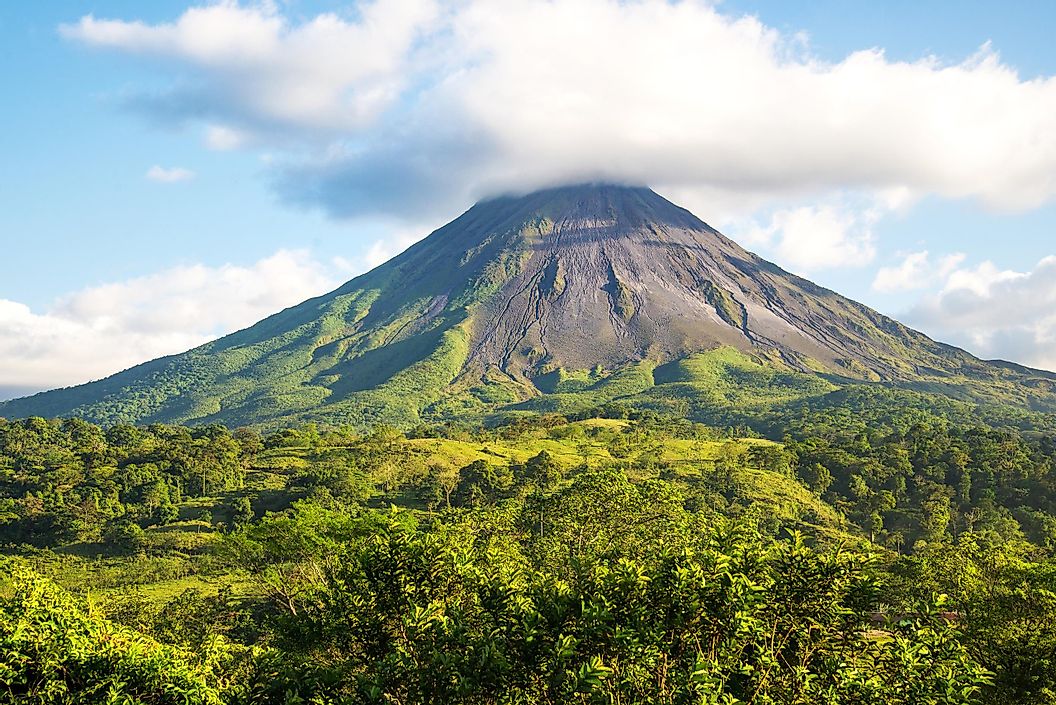
Region & Cultivation
Coffee is a grand world with nuances challenging that of even the wine industry. Coffee is grown across the globe and the flavors vary depending on the varietal of the plant, soil composition, altitude, precipitation, as well as the drying process of the coffee. In general, coffee is sweeter and higher quality when it has a longer ripening period. So, climates that offer the plant stability and cool temperatures are optimal for cultivation.
Collapsible content
SOIL COMPOSITION
Soil minerals also have an impact on the flavor of coffee. In general, higher quality coffee comes from tropical or volcanic regions, where the soil in fortified with rich nutrients and has good drainage. This combination enables the optimal absorption of water and nutrients while preventing the plant's roots from rotting, making it ideal environment to develop the highest quality fruit.
ALTITUDE
Altitude is also associated with sweeter and higher quality coffee production. The higher altitude gives way to cooler, and more consistent, weather conditions which give coffee plants the stability to develop their fruits over a longer period of time.
The cool temperature actually slows the metabolism of the plant, allowing it to hold on to more of the nutrients and sugars that give coffee it’s amazing flavor.
PRECIPITIATION
Rainfall influences coffee flavors in two ways.
First, plenty of water means the coffee plants are under less stress when fruiting which leads them to produce larger, healthier, beans.
Second, frequent rainfall is also associated with lower outside temperatures which lead to a slower ripening period and the retention of those delicious sugars that we mentioned above.
VARIETALS
Coffee flavor profiles aren’t only influenced by their cultivating environment, but also by their genetics.
There are over 10,000 varietals of coffee grown in the world today, each with their own unique composition and complex flavor characteristics.
From left to right you see our Ethiopian Heirloom Typica, a Guatemalan Catuai, a Peruvian Red Caturra, a Dominican Republic Red Caturra Typica, and a Haitian Heirloom Typica.
You can see the visual difference in our beans here, both in their green form and after roast that result from their genetics, their origin and their cultivation.
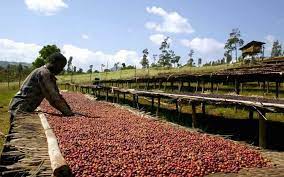
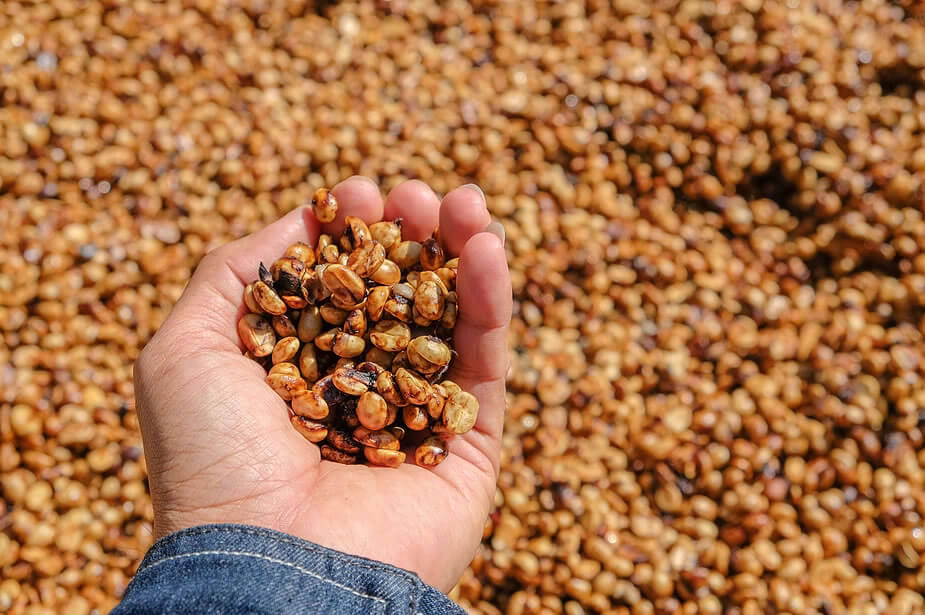
Coffee Processing
Coffee processing is the final stage of cultivation where the coffee is peeled and dried before being roasted, and later, brewed. There are multiple ways to process fresh coffee, and depending on the process, the flavor notes from the coffee will vary.
Collapsible content
NATURAL PROCESS
The natural process, is when the coffee is allowed to dry with the fruit still around it. The beans are raked frequently, so that they dry evenly over a period of a few weeks.
This gives the coffee beans diverse acidic flavors of citrus and berries that are absorbed from the coffee berry.
Our single origin Dominican Republic and Ethiopia beans use this process.
WASHED PROCESS
The washed process, sometimes called the wet process, involves removing the pulp of the coffee cherry from around the bean prior to drying. After harvest, the coffee is put into water to be shucked and washed, then it is set out to dry naturally.
The removal of the pulp and wash with water results in a clean, tea-like body, often with dark chocolate and floral flavor notes.
Our single origin Bolivia, Guatemala, Haiti, and Peru beans are processed this way.
RED HONEY PROCESS
The red honey process involves removing the pulp of the coffee cherry, similar to the washed process. However, for this method the beans are not cleaned entirely. Instead some of the remnants of the pulp are left as the beans dry, creating a sticky red coating that gives it the name "Red Honey".
This process gives the coffee a creamy body with sweetness from the fruit pulp, but without the high acidity you would get from the natural process.
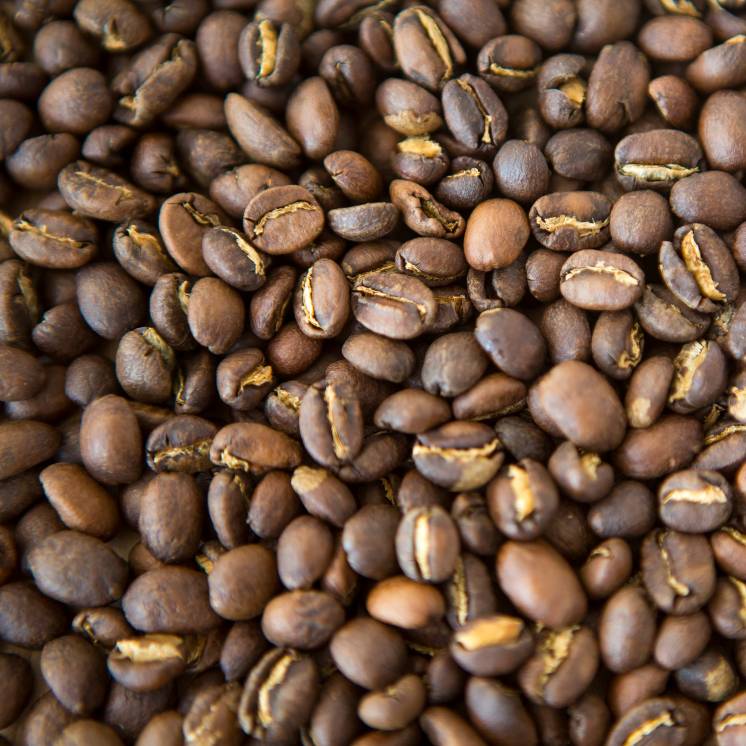
The Art of the Roast
Just as there are various ways in which coffee is processed, the way that it is roasted will also influence the flavors you taste when it is finally brewed. Lighter roasts provide a dulled fruit-heavy flavors while darker roasts tend to yield bold robust flavors that can bury the natural flavor composition of the beans. At Domestique, we roast to enhance the natural flavors in our coffee. To do this, we target a medium roast level and we use a fluid-bed roaster , which uses convection heating, to ensure the coffee is roasted evenly from shell to core.
Collapsible content
ROAST TEMPERATURE
Light Roast (350°F - 400°F): light body, acidic, fruit heavy
Medium Roast (400°F - 430°F): medium body, smooth, original notes of the natural bean
Dark Roast (430°F - 470°F): heavy body, bitter, bold, earthy
ROAST FRESHNESS
Coffee freshness is generally optimal in the first four weeks after roasting, since this is when the oils and gases that help the coffee flavors bind to water are most prominent inside the beans. However, it is best practice to wait a few days after roasting before brewing the coffee.
Why? Immediately after roasting, there is a build up of carbon dioxide (CO2) in the coffee beans, which can make the coffee more acidic and hide the true flavors.
Degassing for 1-3 days lets excess CO2 to dissipate, allowing the full flavor of the coffee beans to come through when the coffee is brewed.
DOMESTIQUE'S COFFEE
Our coffee beans are specifically roasted for the profile of the bean, meaning our roast recipes differ in temperature and time depending on the origins, cultivation, and varietal of the coffee itself.
Our target is to enhance the natural qualities of the bean. That generally means a medium roast level, fast lead-times to ensure you get the freshest beans, and lots of trial and error to get the specifics right....but hey, that's what you pay us for!
